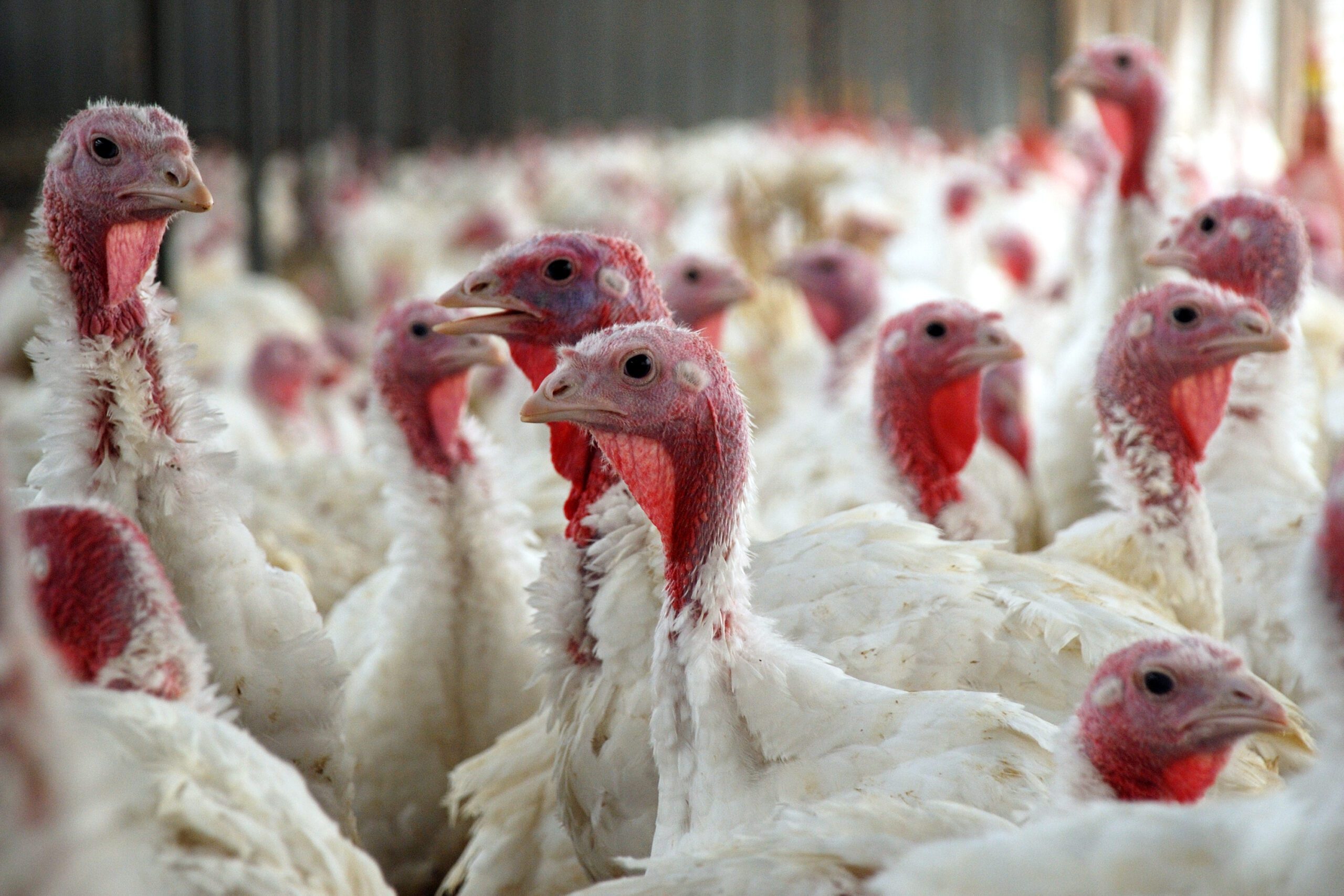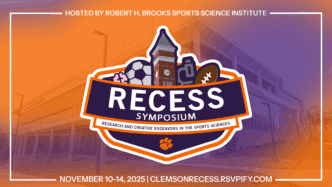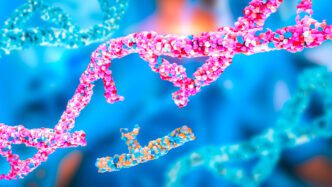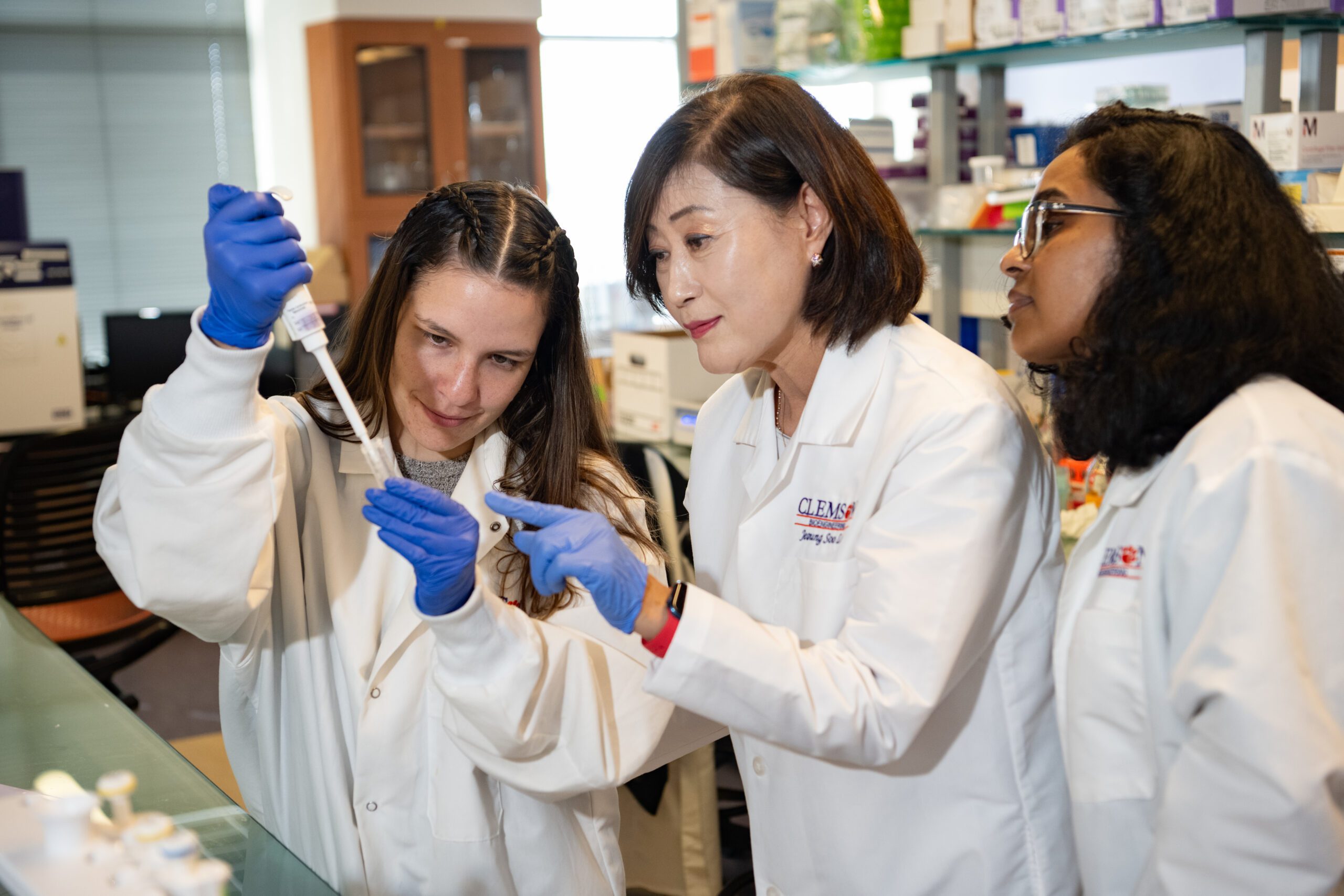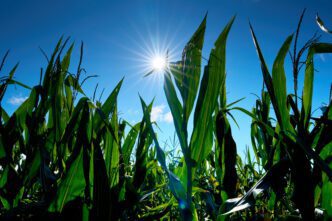Farmers in South Carolina raise about 10 million turkeys a year, making the state the eighth largest turkey producer in the United States.

Zhicheng Dou, an associate professor in the Clemson University Department of Biological Sciences, has received a grant to help fight a deadly parasite that can decimate infected flocks.
Dou, along with a collaborator from the University of Arkansas, will use the grant from the U.S. Federal Drug Administration to study a protozoan parasite that causes histomoniasis. Also known as blackhead disease, histomoniasis affects turkeys, chickens and game birds such as partridges, pheasants and quail. While chickens with histomoniasis may lose weight or produce fewer eggs, turkeys have a higher mortality rate — reaching 70 % to 100% — and respond more severely to the disease.
“It seems the turkey is more sensitive to infection,” Dou said.
The researchers’ goal is to study the disease’s transmission and potentially find novel antibiotics, especially an existing FDA-approved drug to fight the parasite.
No current treatment
There is no current cure or treatment for the disease, so most disease control efforts focus on prevention by cleaning and monitoring flocks. The FDA banned a drug previously used to treat histomoniasis due to concerns about residual traces in the turkeys that humans consume.
Dou collaborates with Danielle Graham at Arkansas, where they have a turkey and chicken farm facility. If Dou finds chemicals that show efficacy in treating histomoniasis, Graham tests the treatment on turkeys at the farm.
Dou’s lab works to understand the Histomonas meleagridis life cycle, tracking the parasite’s changes as it travels from a turkey’s intestines to feces. Once outside the host, the parasite must withstand environmental stressors and nutrient deprivation to ensure its survival and transmission to the next host.
Dou hypothesizes that the parasite transits into a form surrounded by a cyst wall made of chitin as it moves outside the bird to protect itself from the outside world. Chitin is a polymer that naturally occurs in many organisms, such as shrimp shells, crabs and insects.
Mechanism is a mystery
If Dou can figure out the mechanism for how this change occurs, he can find a drug that hinders the parasite’s ability to transform, limiting the spread to other birds. He also plans on running drug screening tests to see if any known drug prevents cyst wall formation in Histomonas parasites.
Other parasites use chitin to protect themselves from external harm. Drugs that target this formation in other parasites could give Dou a place to start in developing a medicine for histomoniasis.
“Initially, we probably are going to try FDA-approved drugs that have been used for other diseases, such as malaria, toxoplasma infection or other parasitic infections,” Dou said.
He also aims to understand how environmental factors such as temperature and nutrients could lead to the parasite’s changing forms as it passes through a turkey’s digestive system.
Another part of Dou’s study involves learning how to manipulate the H. meleagridis genome. Unlike other well-studied diseases like malaria where scientists have many ways to introduce DNA, manipulating the H. meleagridis genome has proven to be an elusive task for scientists.

